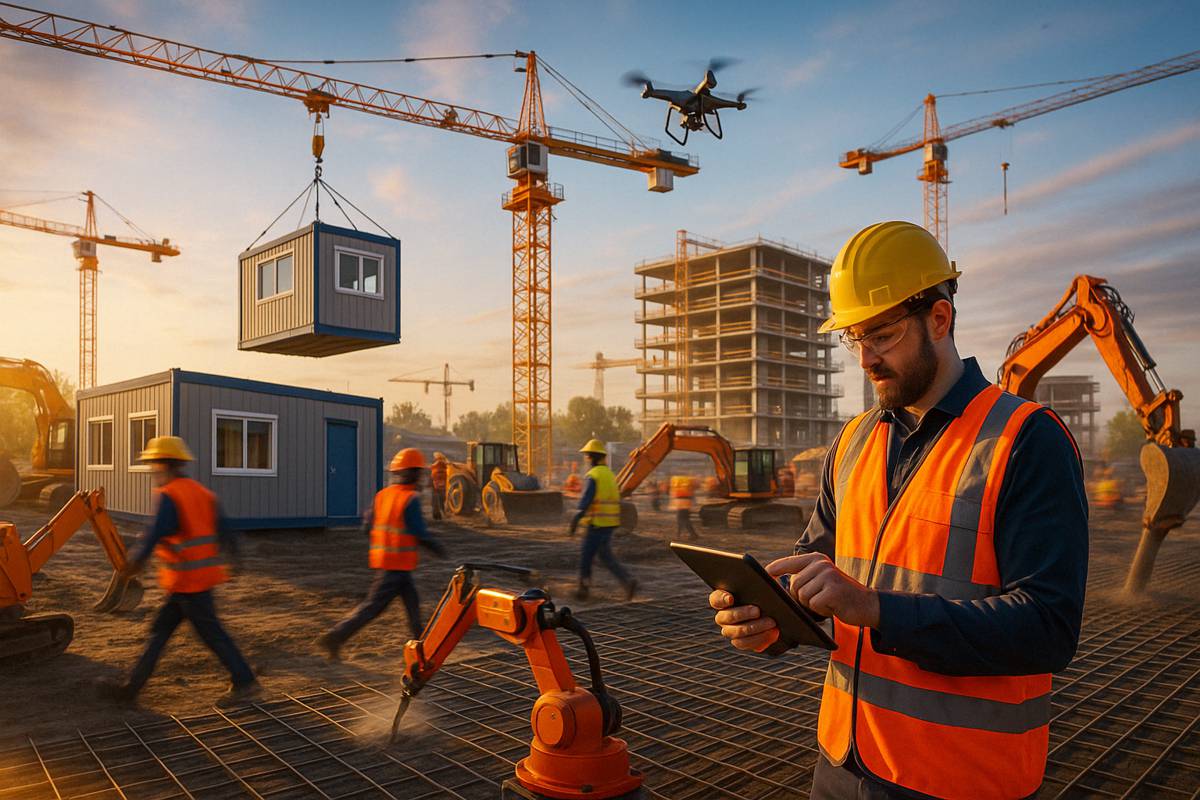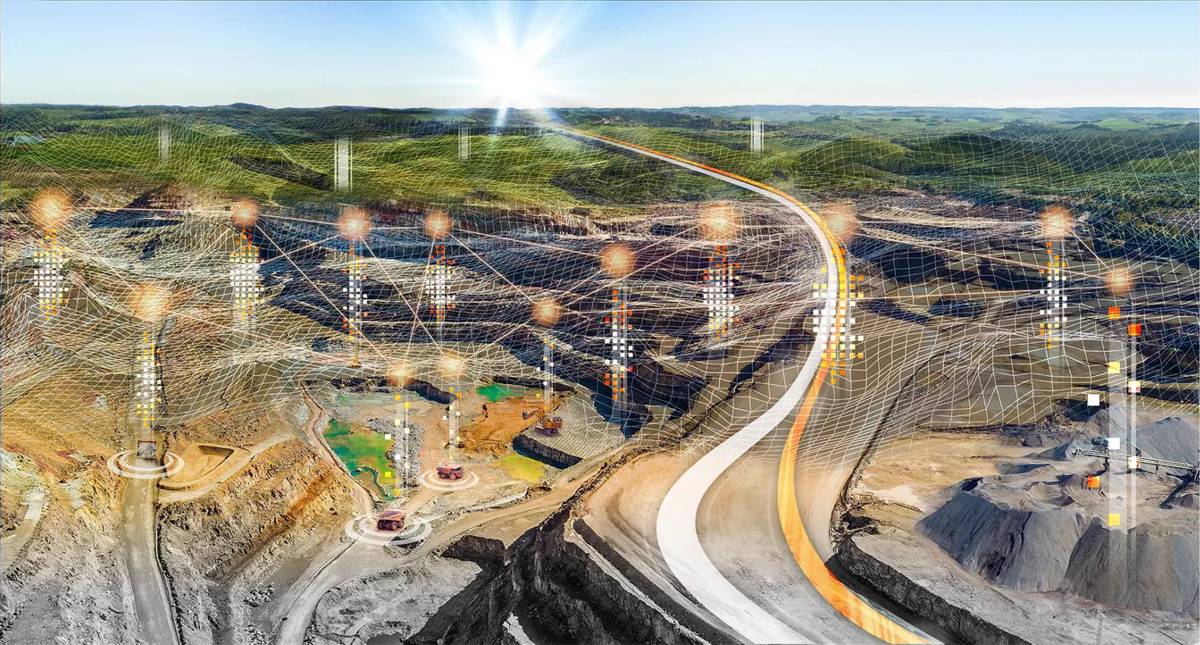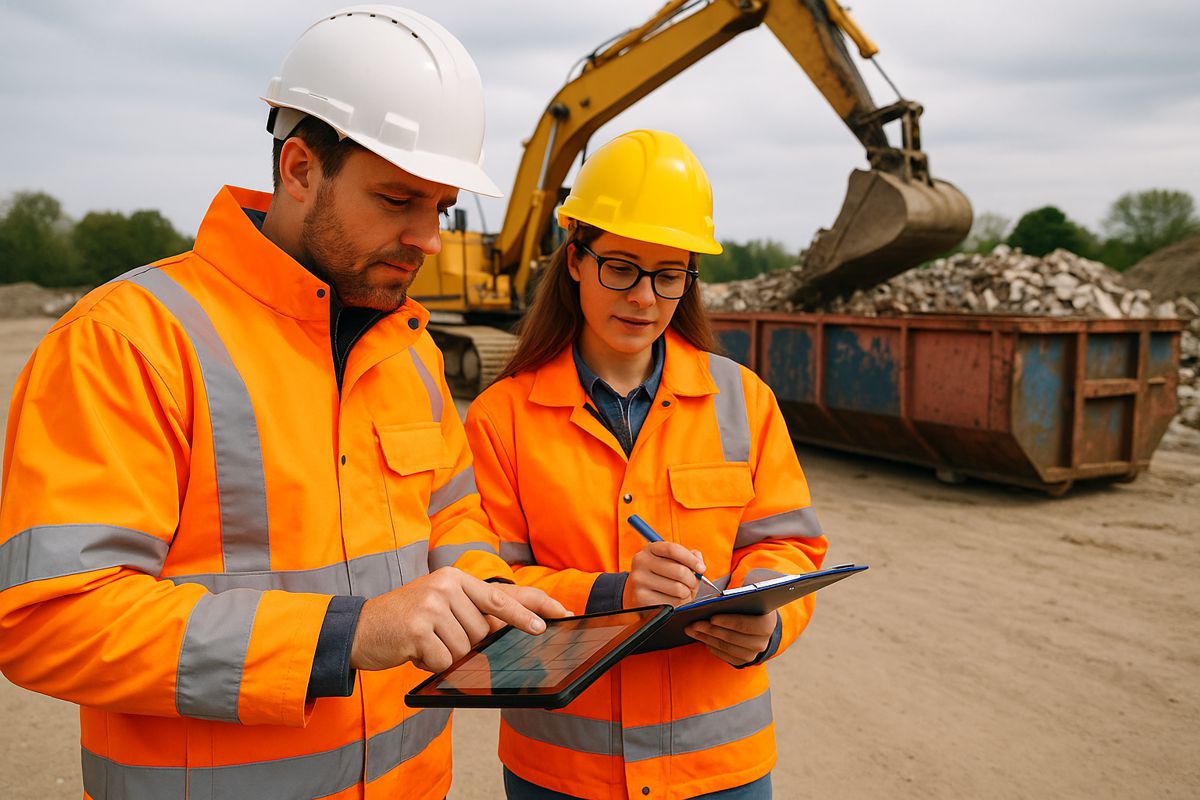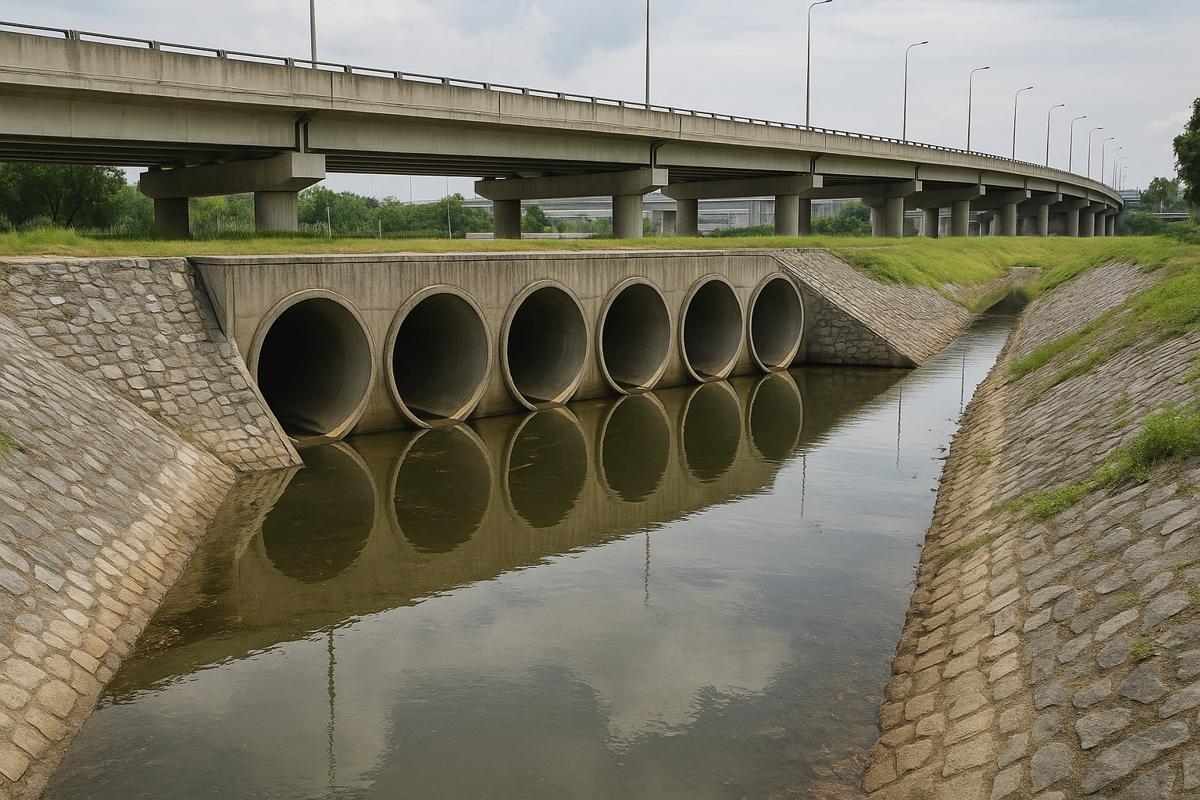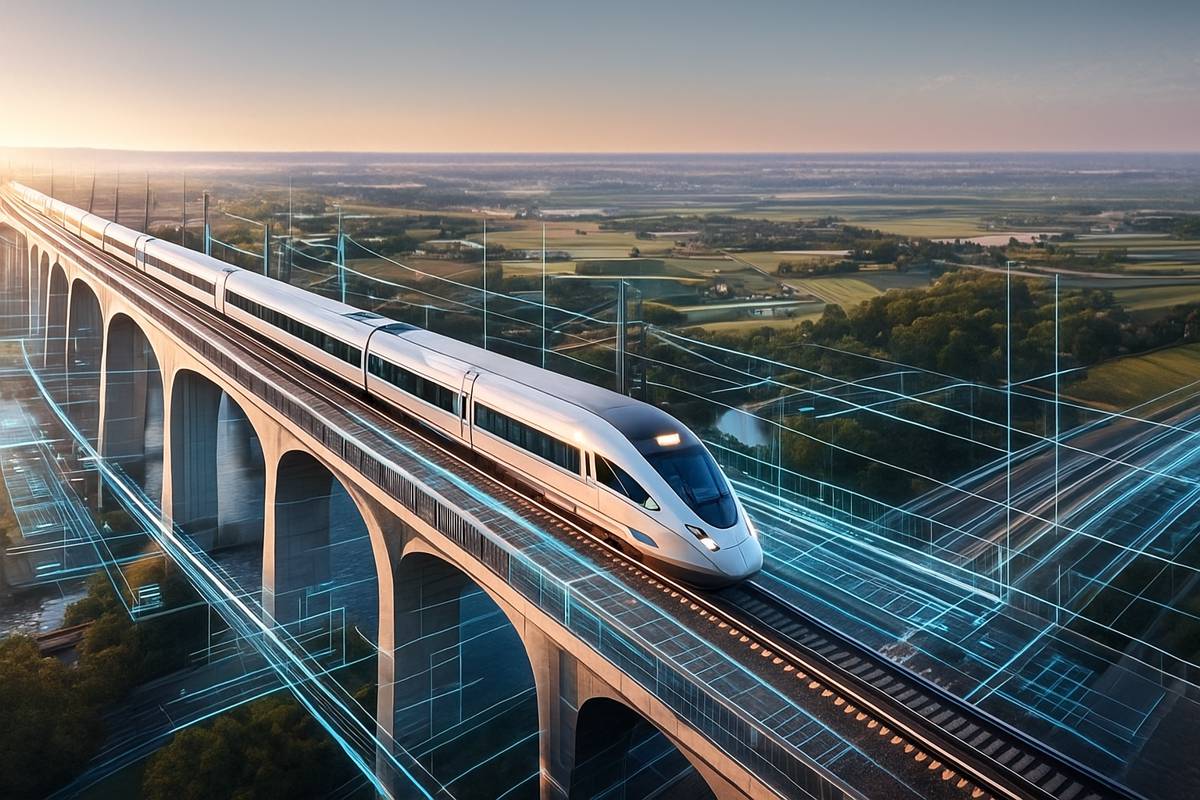Building at the Speed of Innovation
In the construction world, time is money — and, quite frankly, it’s sanity too. Whether you’re putting up a new office block, a housing development, or a sprawling industrial site, delays are the kind of headache no one wants. Deadlines get tighter, client expectations grow higher, and every minute saved can feel like a small victory. So, how do you keep your projects moving at the speed of innovation without cutting corners?
Well, you’re in luck. There’s a whole toolbox of time-saving techniques out there, and today, we’re diving deep into the most effective ones. Not just the usual suspects, either. We’re talking smart, practical methods that can really trim the fat off your timelines — all while keeping your team safe, hydrated, and working comfortably.
Let’s roll up our sleeves and get into it.
Planning Like a Pro (Because Winging It Never Works)
First things first, let’s talk about the backbone of any successful build: planning. Now, I know it sounds like a no-brainer, but you’d be surprised how many projects hit snags simply because of shaky preparation.
Before anyone lays a single brick, you’ve got to have a clear game plan. That means everything from detailed drawings and scheduling to risk assessments and supply chain logistics. Digital project management tools like Procore or Buildertrend can keep everyone on the same page — and I mean literally. Cloud-based systems update in real-time, so if something changes, your whole crew knows about it right away.
That cuts down on misunderstandings, avoids costly backtracking, and helps you spot potential roadblocks before they become full-blown disasters.
Embracing Prefabrication (Your New Best Friend)
Here’s a secret weapon: prefabrication. If you’re not already using it, you’re leaving serious time on the table. Prefab basically means constructing parts of your project off-site in a controlled environment. Walls, floors, roof trusses — they can all be built elsewhere and then delivered ready to install.
Think of it like ordering a flat-pack kitchen, but on a massive scale. Not only does this slash on-site construction time, but it also dodges the unpredictable chaos of weather delays and labour shortages. Plus, off-site builds tend to be more precise, which means fewer mistakes and less waste. Win-win!
Speedy Site Setups
Now, let’s talk about your crew’s on-site setup. Construction workers spend long days on-site, and they need proper spaces for breaks, briefings, and staying organised. Enter: temporary modular buildings for construction workers.
These pop-up solutions are an absolute game-changer. Rather than wasting time building semi-permanent site offices or rest areas from scratch, modular buildings arrive ready to go. Snap them together, and boom — you’ve got instant offices, changing rooms, and canteens.
They’re sturdy, weather-resistant, and you can customize them to suit the size of your crew. Best part? When the project wraps, you can pack them down just as quickly and move them to the next job site. Time saved on setup means more time focused on getting the real work done.
Keeping Hydrated, Keeping Productive
Here’s something that doesn’t always make the headlines but can have a huge impact on productivity: water. Sounds basic, right? But think about it — construction sites are often hot, dusty, and physically demanding environments.
That’s why ensuring a reliable drinking potable water supply from SFS is crucial. Systems like these provide clean, safe water directly on-site, keeping your crew hydrated and healthy. Dehydration isn’t just uncomfortable; it slows people down, leads to fatigue, and can even cause serious medical issues.
With an SFS potable water supply in place, you’re giving your workers the essential support they need to maintain focus and stamina throughout the day. And a hydrated team? Well, they work faster, stay sharper, and make fewer mistakes. Simple, but powerful.
Lean Construction
Lean construction is more than just a buzzword — it’s a mindset shift. Borrowing ideas from lean manufacturing, this approach is all about maximising value while minimising waste. No, we’re not just talking about physical materials (though cutting back on offcuts and scrap wood definitely helps).
It’s also about reducing wasted time, movement, and effort. For example, placing materials strategically around the site cuts down on unnecessary walking back and forth. Scheduling deliveries “just in time” means you’re not clogging up valuable site space with supplies you won’t need for weeks.
The lean approach requires a bit of upfront investment in planning and coordination, but the payoff is massive: faster completion times, smoother workflows, and happier clients.
Your Digital Toolbox
Construction might seem like a hands-on industry — and it is — but don’t underestimate the power of automation and smart technology. Drones can perform site surveys in a fraction of the time it would take a human team, giving you accurate aerial views and progress reports in real-time.
Likewise, construction robots are making waves, from brick-laying machines to robotic arms that can pour concrete with astonishing precision. Meanwhile, wearable tech like smart helmets and vests can track worker locations and monitor safety, helping prevent accidents and keeping timelines intact.
Even simple tech upgrades like time-tracking apps and digital inspection tools can shave hours off administrative tasks. The future is now, folks!
The Hidden Accelerator
Here’s a tip that’s more old-school but just as effective: build rock-solid relationships with your suppliers. When you’ve got trusted vendors who know your projects and understand your timelines, you’ll experience fewer hiccups and delays.
A loyal supplier is more likely to prioritise your orders and help you troubleshoot shortages before they spiral into project-halting crises. Communication is key here — keep your suppliers in the loop, and treat them like the essential partners they are.
Training for Speed and Safety
You can have all the best tools in the world, but if your team isn’t trained to use them efficiently, you’re not going to see much benefit. Regular, up-to-date training helps your crew work faster and safer.
When workers know exactly how to operate machinery, handle materials, and navigate the latest construction tech, they can get jobs done right the first time. Plus, ongoing safety training reduces the risk of accidents — and as we all know, even minor incidents can cause major delays.
Real-Time Communication
Communication breakdowns are notorious time-wasters. If your site manager is waiting hours for a go-ahead from the architect, or if a subcontractor doesn’t get the memo about a schedule change, you’re looking at serious downtime.
Use instant communication tools — apps like Slack, Microsoft Teams, or construction-specific platforms like Fieldwire — to keep everyone connected in real-time. Quick updates, instant alerts, and speedy decision-making all add up to a faster, smoother build.
Building Faster, Smarter, and Better
At the end of the day, building at the speed of innovation isn’t about rushing or cutting corners. It’s about working smarter, not harder.
It’s about using temporary modular buildings for construction workers to create efficient, comfortable site setups in no time at all. It’s about ensuring a drinking potable water supply from SFS is on-site to keep your crew healthy and firing on all cylinders. It’s about embracing new technologies, streamlining processes, and remembering that every small time saving adds up to a big difference over the course of a project.
Construction is evolving fast, and those who adapt will stay ahead of the curve. So, the next time you’re gearing up for a big build, keep these techniques in your back pocket. They’ll save you time, reduce your stress, and — let’s be honest — make you look like a hero to your clients.
Because in this game, finishing on time isn’t just nice. It’s everything.
